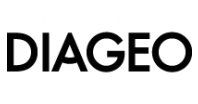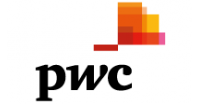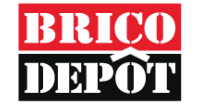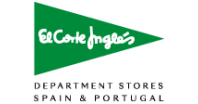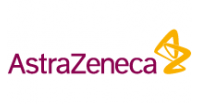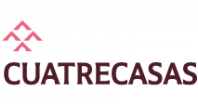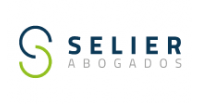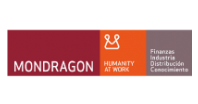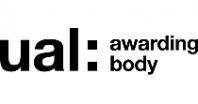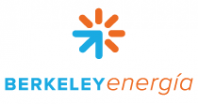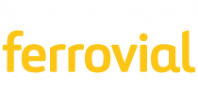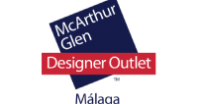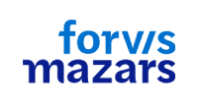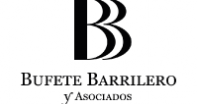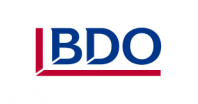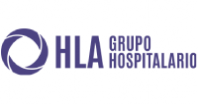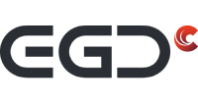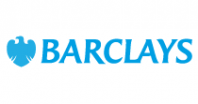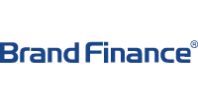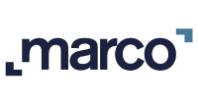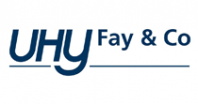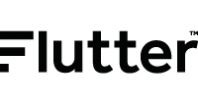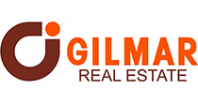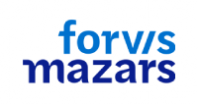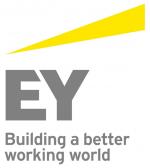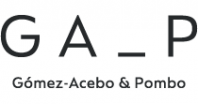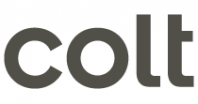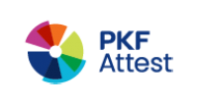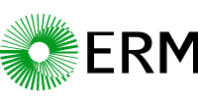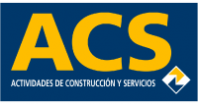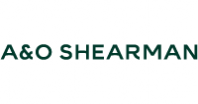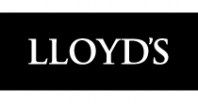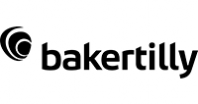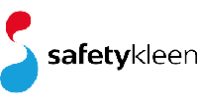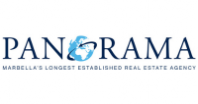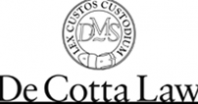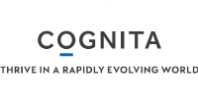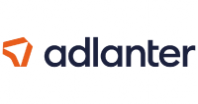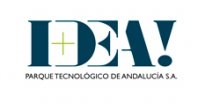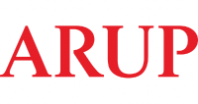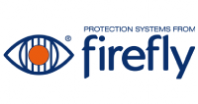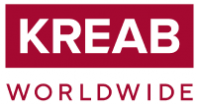Noticias de la Cámara
Liam Kellehar, our member from Cordoba, elaborates on sustainability, digital nomads and re-population
14/03/2023
On 1st March, through an announcement by José Antonio Nieto, consejero de Justicia, Administración Local y Función Pública, the Junta de Andalucía doubled down on their promotion of Andalusia as a desirable place to be.
Juanma Moreno, Presidente de la Junta de Andalucía, first highlighted their commitment to attract more people to the Community on 8th November, when he inaugurated the Andalusia stand at the World Travel Market (WTM) show in London. In his speech, he highlighted the advantages of our region as the premier destination for digital and energy nomads.
The mild climate of the Costa del Sol has long made it famous as an autumn/winter destination for many Britons and northern Europeans, although mainly in the retired and OAP category. Now the Spanish Government and the Junta de Andalucía see this as an opportunity to give the area a more stable and consistent tourism stream and to encourage visitors that are going to generate B2B business development throughout the region.
Although the UK is now outside the EU zone, in his speech, Moreno stressed the close links between the two countries, especially with Andalusia and how this region is 'politically and institutionally stable and with good co-operation between different administrations, town halls and institutions.'
But how do we turn a short-term political initiative into a long-term regional gain to promote continued regional business development? Perhaps through the new document “Andalucía Reto Demográfico.”
Distance workers, such as digital nomads, demand higher standards and require a highspec space for living and working. Comfortable, sustainable, low-energy use accommodation, whether residential or co-working. New build construction can be built to Passivhaus standards, https://passivehouse.com/, but there are many outdated buildings in prime locations in need of repair. Demolition is unsustainable, so a deep energy-based retrofit like EnerPhit can be the answer. EnerPhit is the Passivhaus-type building renovation giving you equivalent Passivhaus energy efficiency benefits in your existing building. With the increased availability of various EU energy grants, energy renovation is becoming more affordable.
Further information can be downloaded at:-
https://passiv.de/downloads/03_building_criteria_en.pdf
EnerPhit helps you plan and evaluate the expenditure of your energy renovation programme, giving you an internationally recognised certificate that adds value to the building.
Passivhaus is a common-sense approach, “Do it once, do it right” means that clients will never regret previous renovation decisions. The Passivhaus Planning Package (PHPP), with 30 years of experience, means the client gets the energy performance they asked for.
No other energy renovation concept performs with this level of accuracy.
- Reduction of the energy bill.
- Greater indoor comfort
- Revaluation at the time of its possible sale or rental
- Direct amortization of the investment saving on unconsumed energy.
- Responsible energy consumption and lower CO2 emissions. Helping in the fight against climate change
10 STEPS TO FOLLOW IN A PASSIVHAUS REHABILITATION
EnerPHit
The nature of the buildings being rehabilitated, the technical constraints and the complexity of the works, mean achieving the newbuild PassiveHouse Standard may not be feasible. Here the EnerPHit Standard provides for affordable cost-effective retrofits. technical analysis in stages, correctly establishes the scope of the EnerPHit energy rehabilitation:
1. Conduct an energy audit of the existing building
2. Analyse the actions for the passive components
3. Analyse actions on efficient systems and facilities
4. Analyse the actions with renewable energy systems
5. Study of the static analysis of the recovery period - payback period.
6. Study of the dynamic analysis of the recovery period - study Recovery Period also called NPV, of the requested measures to be developed in the building under the Passivhaus EnerPHit Standard.
7. Decision making - actions.
8. Project drafting - architectural project.
9. Development of the works - energy rehabilitation.
10. Confirmation of the energy improvement through the Passivhaus certificate
I am an RIBA registered architect and certified Passivhaus designer registered to work in Spain. I work in collaboration with Zero Energy Passivhaus, an engineering company specialising in Passivhaus certification, with offices in UK, Spain and throughout EU.
Liam Kellehar, RIBA, COACo nº 570
- Liam@arquitectos.eu.com
- www.arquitectos.eu.com





